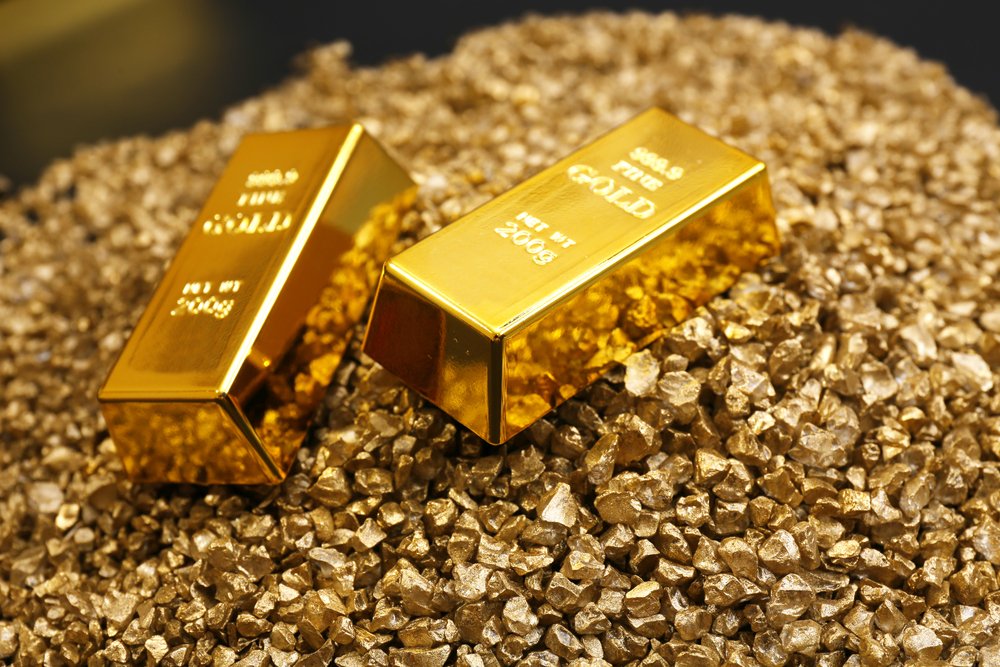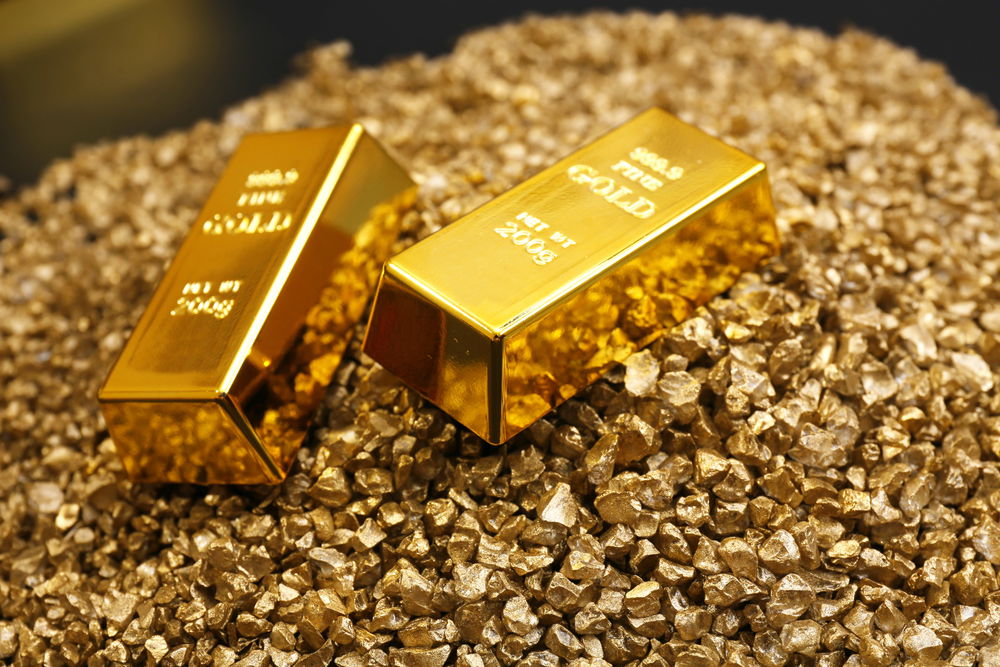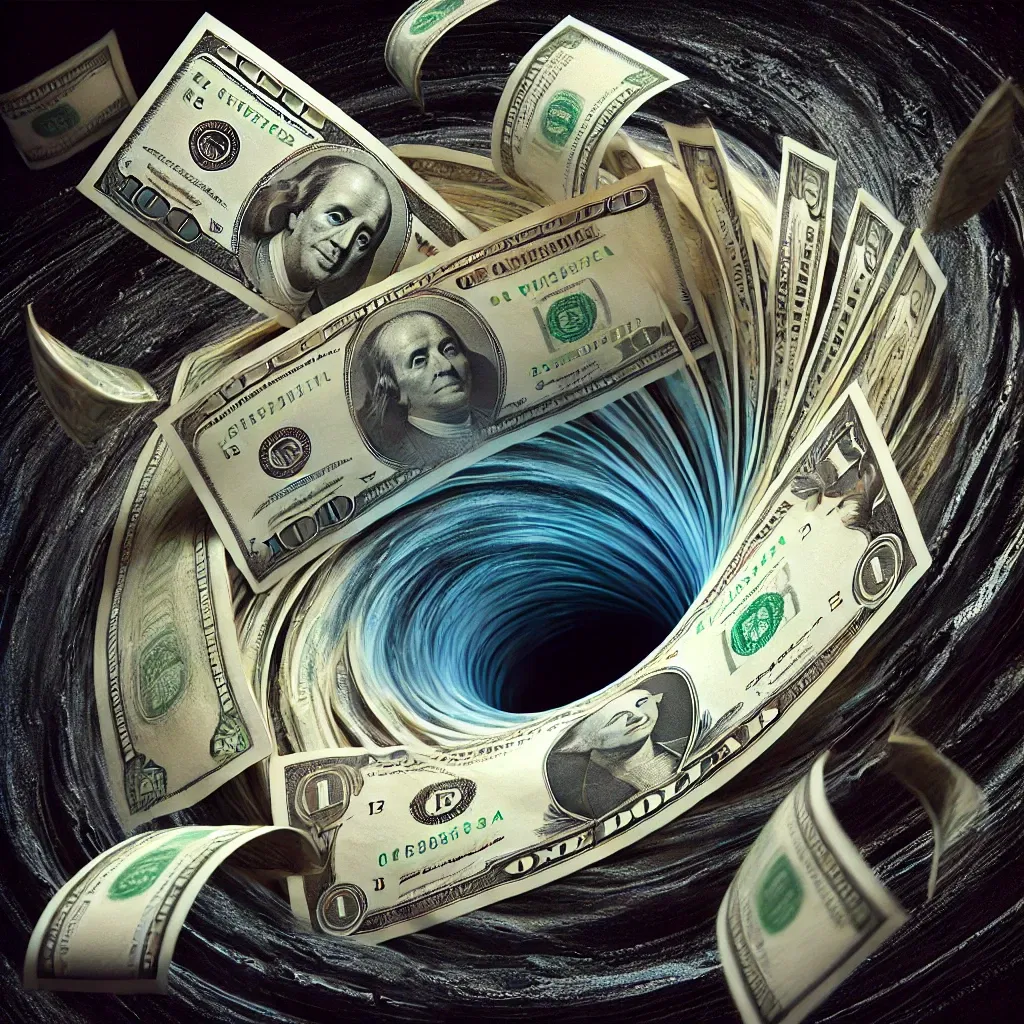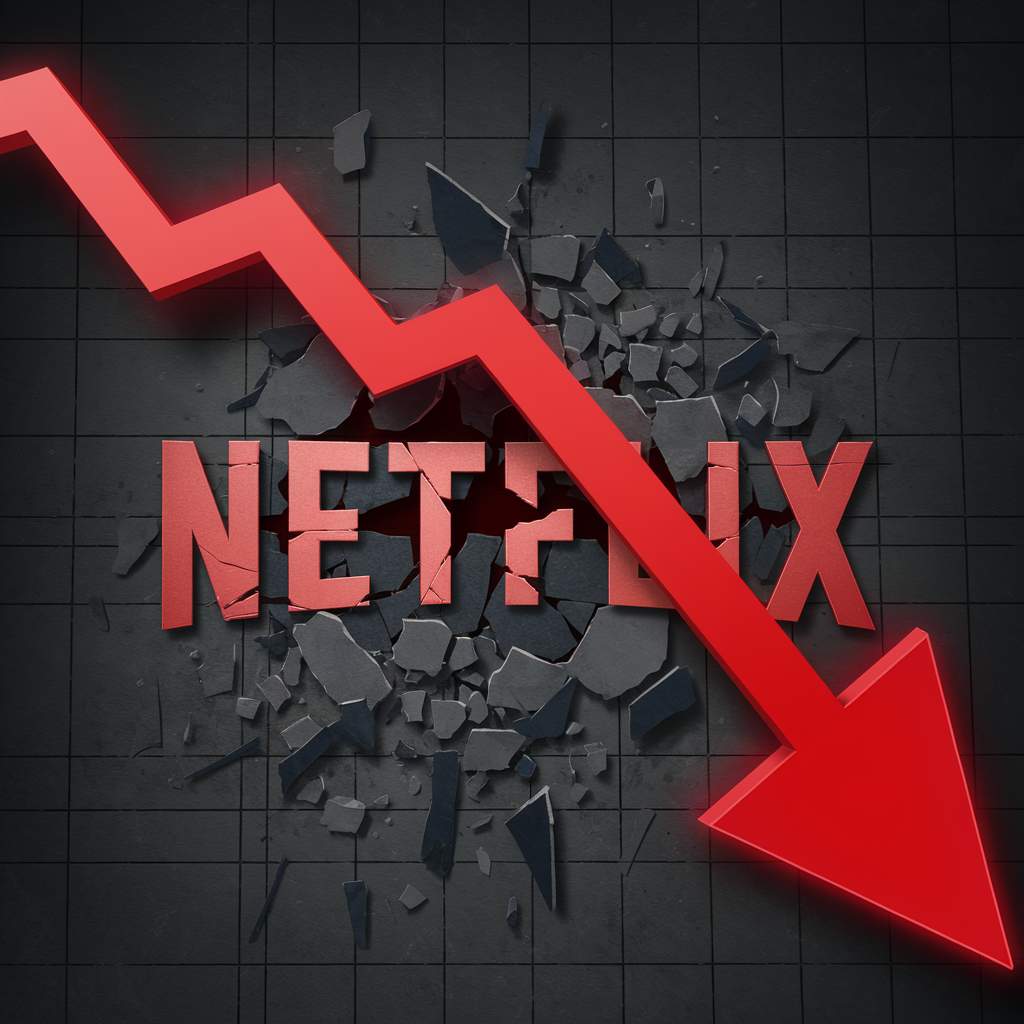Next month will mark 80 years since the US dollar was formally anointed as the world’s reserve currency.
It was July 1944. And with the war in Europe near its denouement, governments were already trying to plan what the postwar world would look like. Most urgently, they needed to figure out how to rebuild their devastated economies.
Just think about the mess they were in: nearly every industrialized country in Europe had been destroyed by war. Manufacturing and farming were both in the dumps, and they had very little savings to invest in economic revival.
They also had a gigantic mess when it came to international trade. Dozens of countries each had their own currencies, so commercial trade meant each government keeping 20-30 currencies in reserve.
France, for example, would have to hold Austrian schillings, British pounds, Spanish pesetas, Italian lira, Dutch guilders, Soviet rubles, etc. in reserve, just to be able to trade.
A much, much simpler solution was for every country to use the same currency to trade with each other. And there was no question about which currency would be the right choice: the US dollar.
In 1944, the United States still had a strong and powerful economy. It had robust capital markets and a well-developed financial system. It was the only country left standing.
So, representatives from more than 40 nations gathered that summer in picturesque Bretton Woods, New Hampshire and formally agreed to use the US dollar for international trade and commerce.
More specifically, each country fixed its exchange rate to the US dollar, while the US dollar was fixed to gold.
It only lasted about thirty years. By the early 1970s, the original Bretton Woods deal had been completely undone. Currencies floated freely against each other (including the dollar), and the US dollar terminated its link with gold.
And yet (thanks in part to Saudi Arabia agreeing to sell oil in dollars), the US dollar has continued to remain the dominant reserve currency through today.
For the most part that was still a sensible bet; the US has been the world’s #1 economy for the past five decades. But the cracks are obvious.
The US federal debt is a national embarrassment. At $35 trillion, the debt is far larger than the entire US economy… and it gets worse every year.
The US government is also completely dysfunctional. The vitriol and enmity, among the parties and within the parties, is so extreme that virtually nothing productive or beneficial ever takes place. The business of government now is merely two sides screaming that the other is a threat to democracy.
The President barely knows where he is half the time, and the other half he spends shredding the Constitution to engage in some anti-capitalist, inflationary, fanatical woke climate agenda.
Sadly, this isn’t a one-time blip. America’s governance and finances have been deteriorating for most of this century– starting with the endlessly expensive War on Terror, through the free-spending Obama years, to the pandemic… and now the very real prospect that the next four years could look very similar to the previous four years.
America is supposed to be a reliable, stabilizing force in the world. But today’s America has lost its grip. And foreign nations have noticed.
Most people alive today don’t remember a world in which the dollar wasn’t #1 and therefore cannot fathom a world in which this is no longer the case. But it’s irrational to assume that something will continue indefinitely, forever, simply because of the status quo today.
It’s not 1944 anymore. Back then there were no other options… and no one who even came close to rivaling the military and economic superiority of the United States.
Today both of those are in decline. It’s not to say the military can no longer fight or that the economy is in complete shambles. But America no longer has the unrivaled position it enjoyed for so long.
More importantly, the trend isn’t looking good. From an economic perspective, the national debt is set to increase by another $20 trillion over the next decade… likely triggering a nasty run of stagflation like the US experienced in the 1970s.
The US military, meanwhile, continues its downward slide. Recruitment is absolutely abysmal. Key weapons systems, fighter jets, tanks, and naval vessels are borderline obsolete.
The US Navy’s fleet of ships and submarines (which would be critical in any conflict against China) is the oldest and smallest it’s been since the end of World War II. Nearly 1,000 military aircraft will be retired from service in the next five years alone, and there is no concrete plan to replace them.
Nor is there any money to do so.
Frankly it is exceedingly difficult to believe that, in light of America’s declining power and prestige, the rest of the world will continue accepting the US dollar as the global reserve currency for much longer.
We’re already seeing signs of this change; plenty of countries are starting to trade with one another in different currencies, including Chinese renminbi and Indian rupee, and this trend will likely accelerate over the next several years.
I think it’s even possible there could be an event of some sort– perhaps the US government defaults on its debt, or there’s even a shooting war or cyberattack– which triggers a new Bretton Woods style conference.
The key difference between now and 1944 is that there was only one option back then– the US. And pretty much everyone had confidence in America.
That’s not the case today. Few rational people have the same level of confidence in the US government. Yet almost no one trusts the Chinese either.
But just like 1944, there is an obvious solution… and one that everyone already trusts: gold.
Nearly every country already holds gold as a reserve asset, so there would be very little change to the way they currently do business.
I’ve written about this before– I believe this is why so many central banks around the world have been on a gold-buying spree. In fact, this is THE reason why gold is near its all-time high: central banks have been buying it by the metric ton.
You have to understand that central banks aren’t speculators. They don’t care about price. They buy for strategic reasons… and I believe that the central bank gold purchases that have been occurring over the past few years are a key sign that the global financial regime will be changing.
Individual investors, meanwhile, have been selling gold.
North American investors have sold off more than $4 billion worth of gold ETFs in the first four months of this year, with $2 billion of that just in the month of April. And gold ETF holdings are now at their lowest level in four years.
Central banks are buying. Individual investors are selling. It seems pretty clear that people aren’t paying attention to the warning signs.
Yes, gold is near its all-time high. But that doesn’t mean it can’t go much higher… especially if there’s a catalyst. And there absolutely is.
As a final point, I would point out again that even while gold is near its all-time high, shares of high quality, profitable, dividend-paying gold miners are laughably cheap.
That’s because central banks only buy physical gold bullion (which has pushed up the price of gold). They do not buy gold stocks… hence many of these businesses are available for outrageous bargains.








